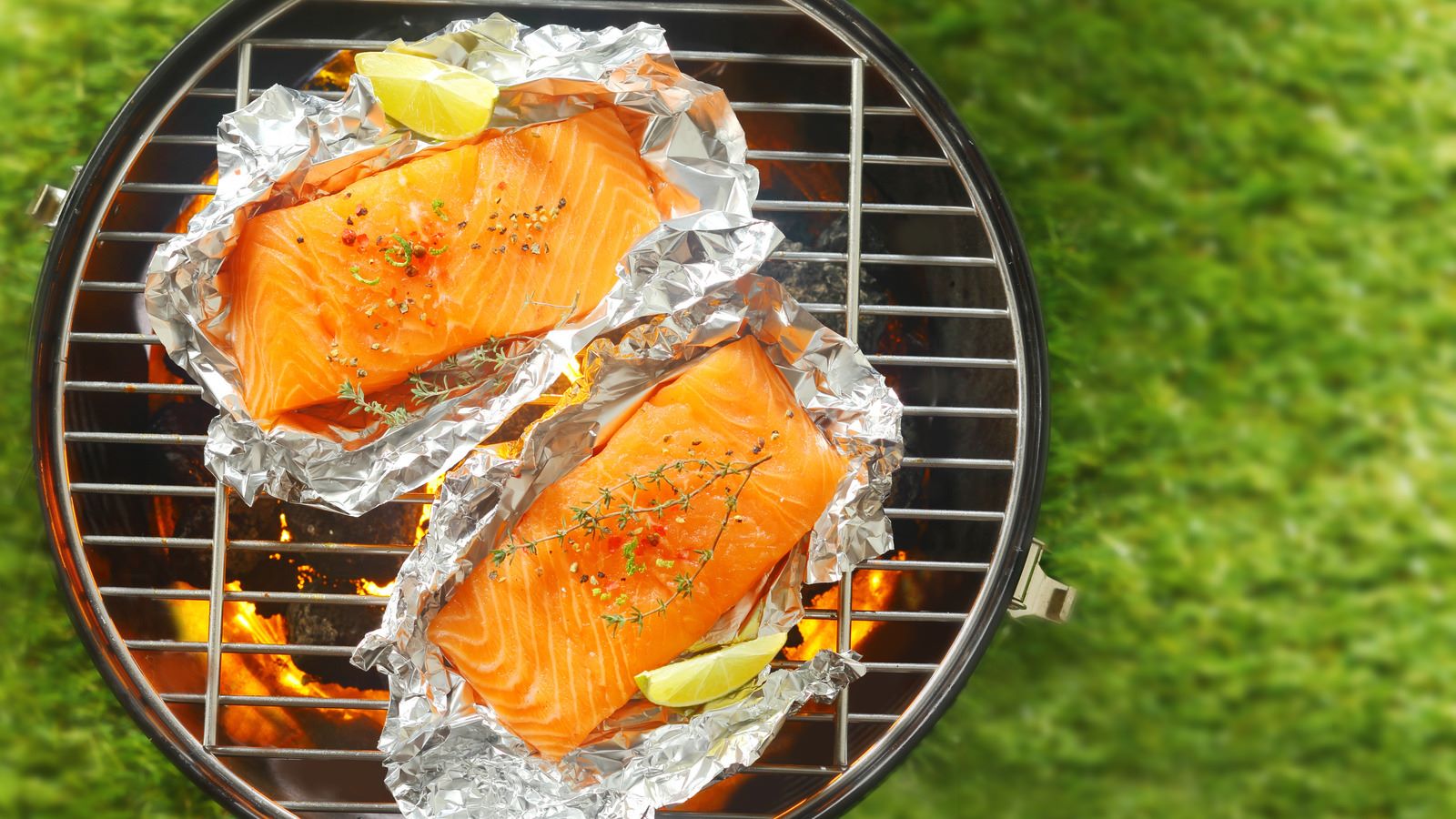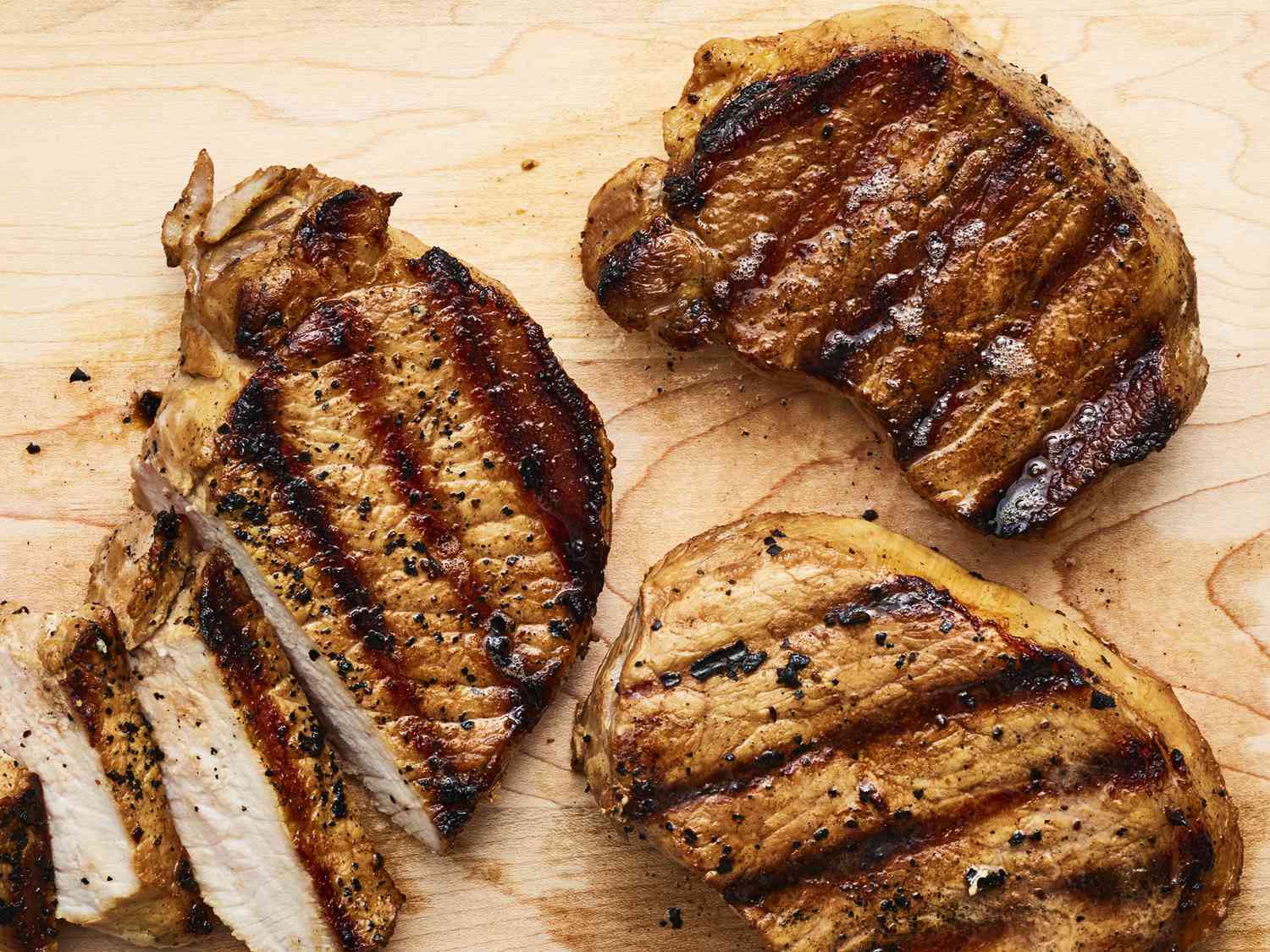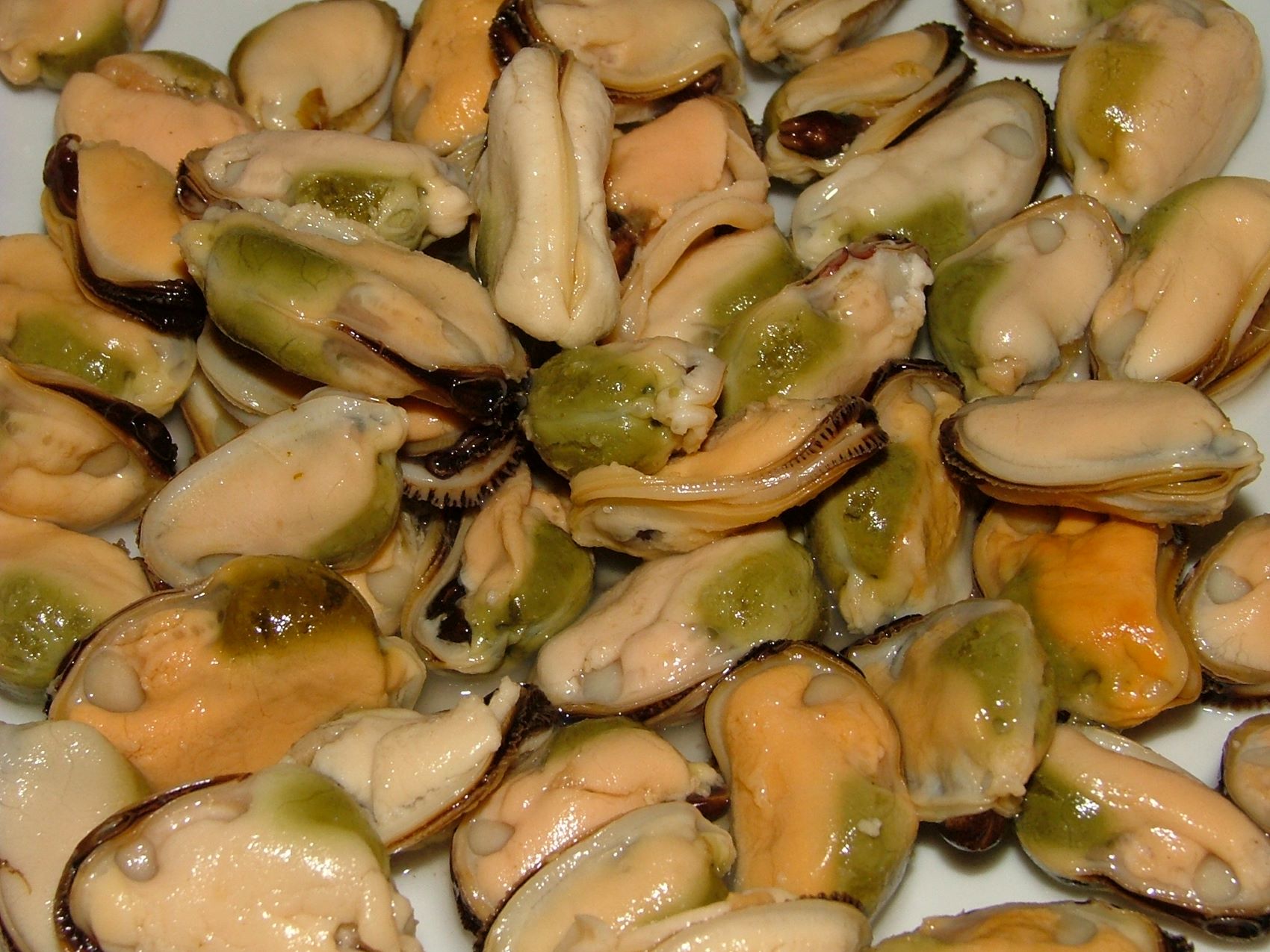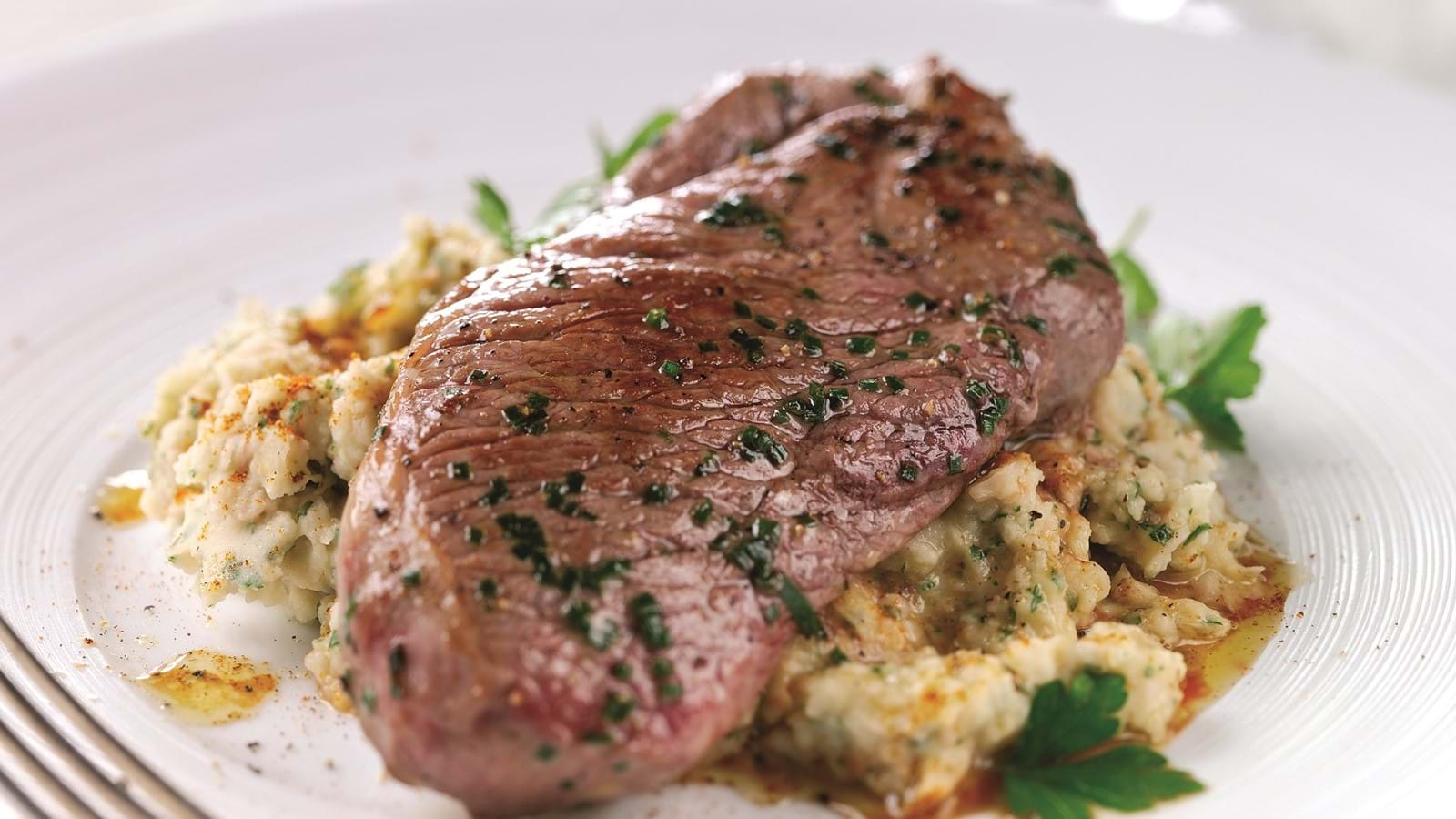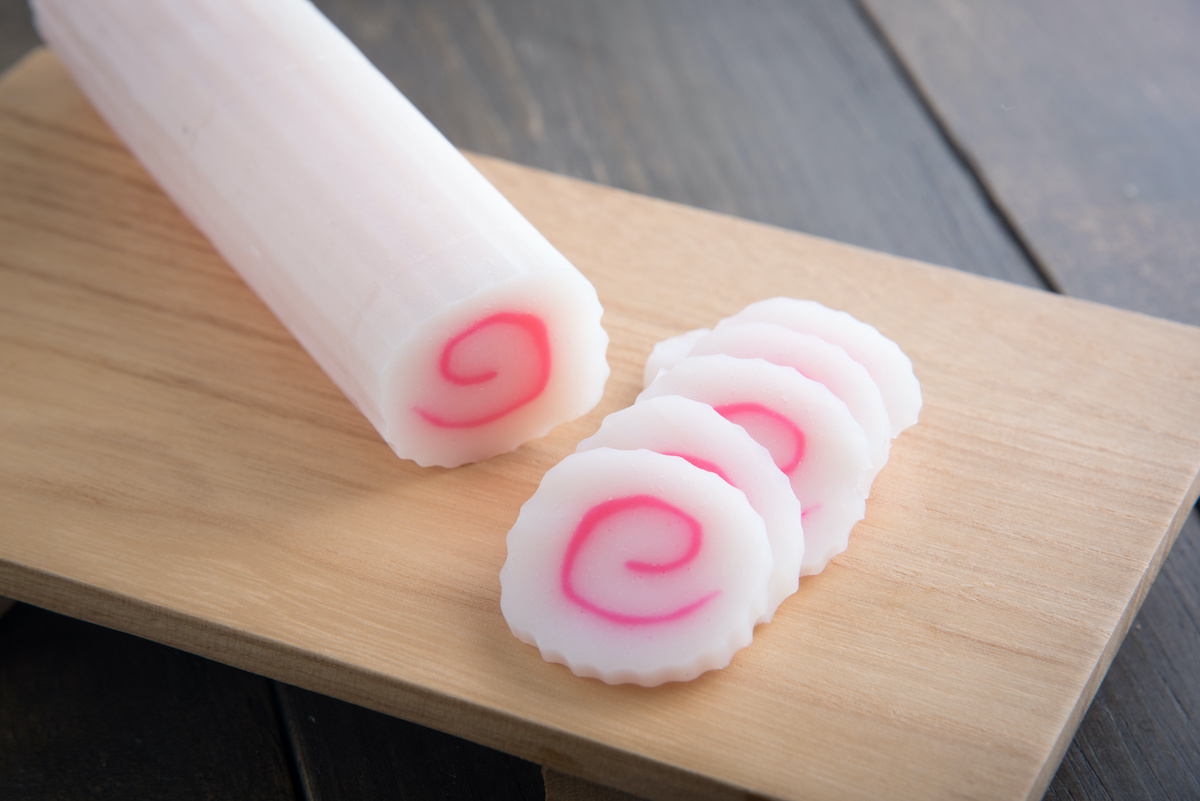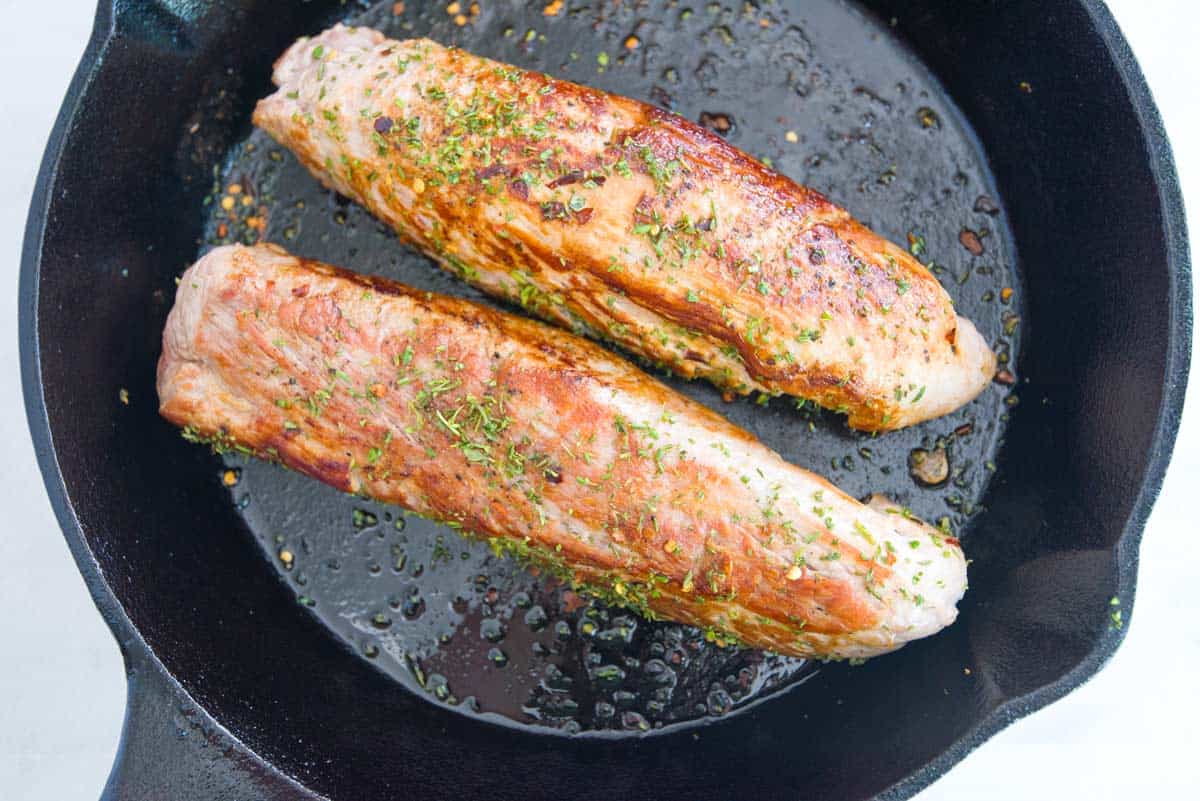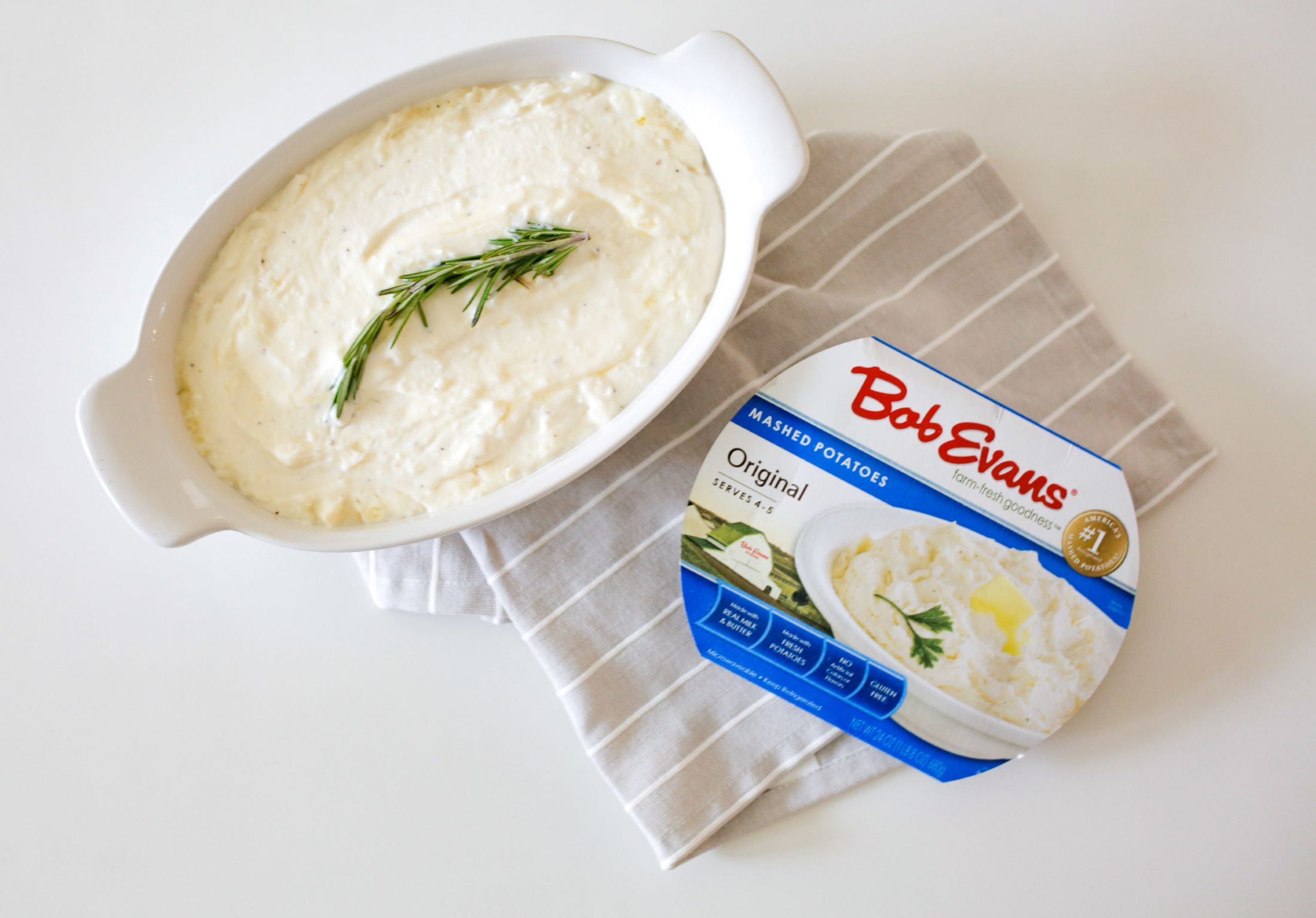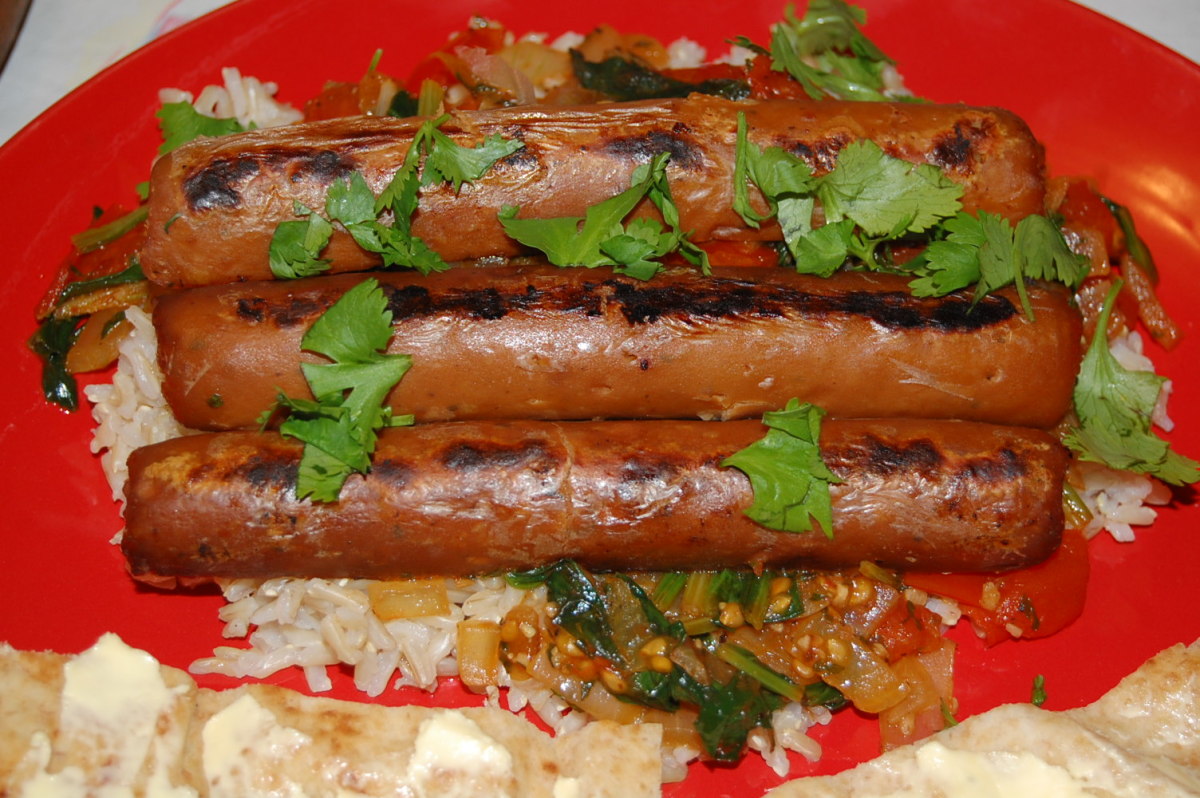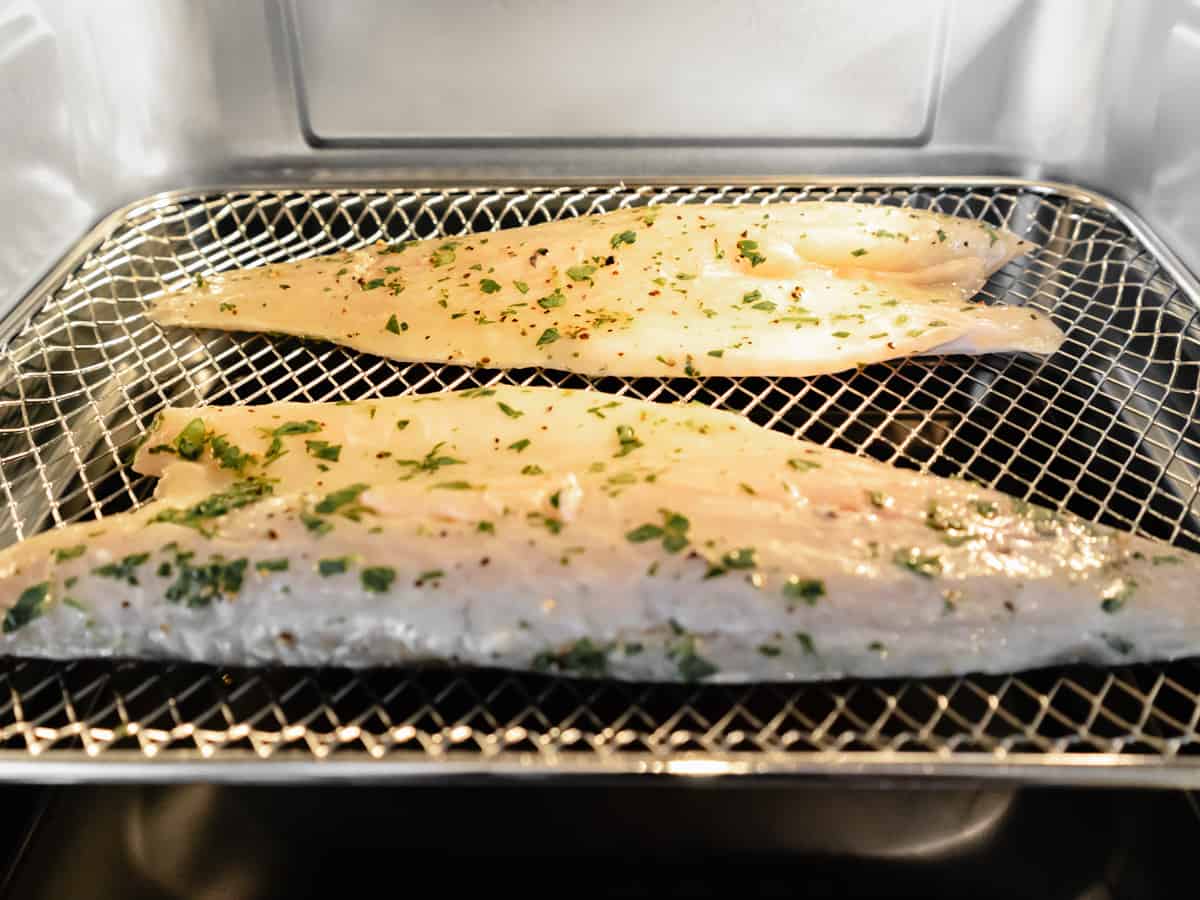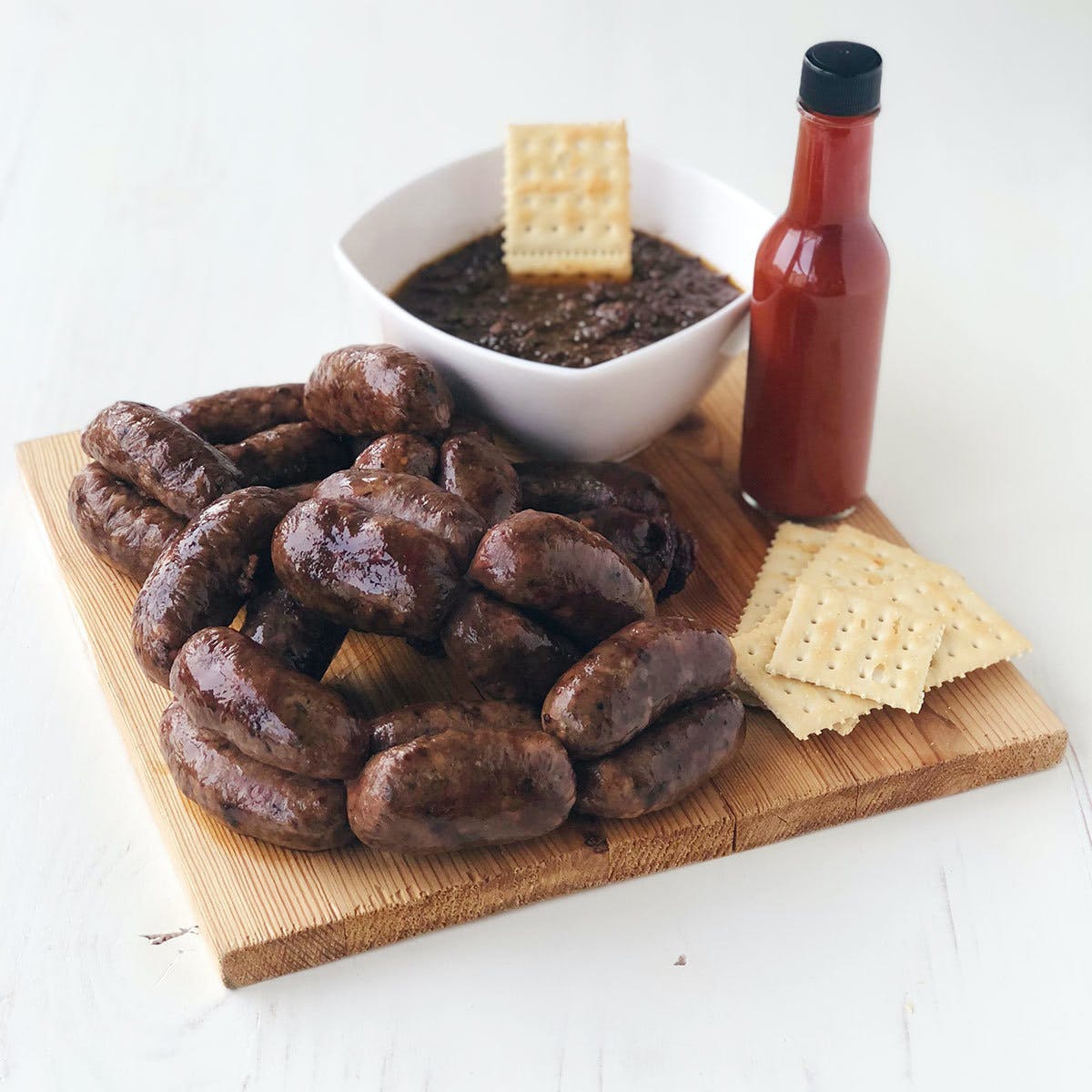Easy and Delicious Ways to Cook Raw Chicken in the Microwave
When it comes to cooking raw chicken in a pinch, the microwave can be a real lifesaver. While it’s not the traditional method for cooking chicken, using the microwave can help you save time and still enjoy a delicious, juicy meal. In this article, we’ll share some easy and creative ways to cook raw chicken in the microwave.
Before we dive into the recipes, it’s important to note a few safety tips:
- Make sure to thoroughly rinse and pat dry the raw chicken before cooking.
- Always use microwave-safe cookware or containers.
- Regularly check the internal temperature of the chicken using a food thermometer to ensure it reaches a safe minimum internal temperature of 165°F (74°C).
- Allow the chicken to rest for a few minutes after cooking to lock in the juices.
1. Microwave Lemon Herb Chicken
This flavorful chicken recipe is perfect for a quick lunch or dinner.
- Place the raw chicken breasts in a microwave-safe dish.
- Squeeze the juice of a fresh lemon over the chicken, ensuring it is evenly distributed.
- Season with your favorite herbs and spices, such as garlic powder, thyme, and rosemary.
- Cover the dish with a microwave-safe lid or microwave-safe plastic wrap with a vent.
- Microwave on high for 5 minutes, then flip the chicken breasts.
- Cook for an additional 5 minutes or until the chicken reaches an internal temperature of 165°F (74°C).
- Let the chicken rest for a few minutes before serving.
2. Teriyaki Chicken Stir Fry
This Asian-inspired dish is a great way to enjoy tender chicken and veggies.
- Cut the raw chicken into small, bite-sized pieces.
- In a microwave-safe dish, combine soy sauce, honey, minced garlic, and ginger.
- Add the chicken pieces and toss to coat them in the marinade.
- Cover the dish and microwave on high for 4 minutes.
- Add your favorite stir-fry vegetables, such as broccoli, bell peppers, and carrots, to the dish.
- Cover again and microwave for an additional 5-6 minutes or until the chicken is thoroughly cooked.
- Serve over steamed rice or noodles for a complete meal.
3. Buffalo Chicken Dip
If you’re looking for a delicious appetizer or party snack, this buffalo chicken dip is a winner.
- Shred the raw chicken into small pieces and place them in a microwave-safe bowl.
- Add cream cheese, buffalo sauce, and your choice of shredded cheese.
- Microwave on medium power for 2 minutes, then stir well.
- Continue microwaving in 1-minute intervals until the cheese is melted and the dip is hot and bubbly.
- Serve with tortilla chips, celery sticks, or your favorite dippers.
Remember, these are just a few examples of the many creative ways you can cook raw chicken in the microwave. Don’t be afraid to experiment with different flavors and ingredients to suit your personal taste. With a little creativity, you can enjoy a delicious chicken meal without spending hours in the kitchen!
If you're looking to make delicious meals with your microwave, there are several recipes you should try. Start with Microwave Buffalo Chicken Dip for a quick and flavorful appetizer. For a hearty main course, Microwave Chicken Enchiladas and Microwave Chicken Tikka Masala offer rich, satisfying flavors without the fuss. If you're in the mood for something lighter, Microwave Chicken Caesar Wraps and Microwave Mediterranean Chicken are perfect for a fresh, healthy meal. Don't forget Microwave Lemon Herb Chicken for a zesty, aromatic dish that's sure to impress. These recipes showcase the versatility of cooking raw chicken in the microwave, making it easy to whip up a tasty meal in no time.
Was this page helpful?
Read Next: How To Cook Eye Of Round Roast On Grill

